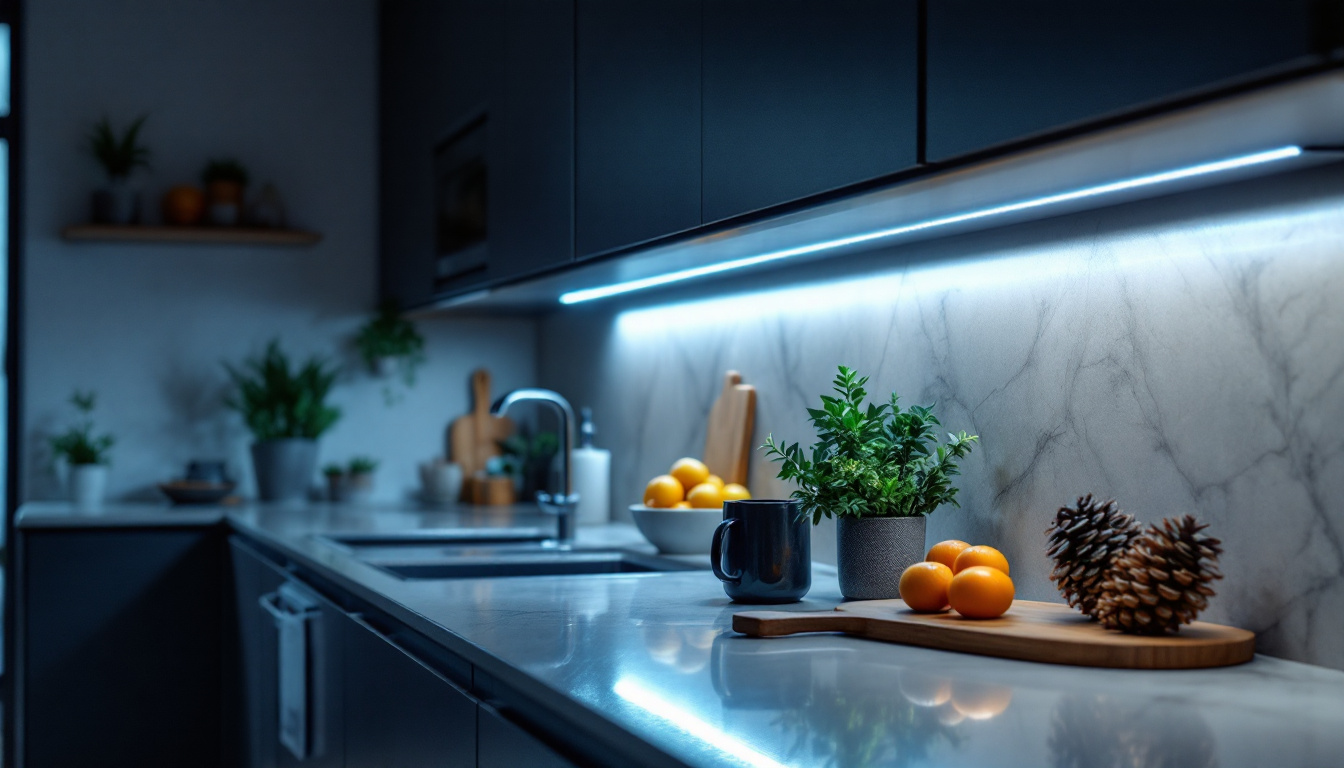
In the ever-evolving landscape of energy efficiency, innovative lighting solutions have emerged as crucial components in reducing energy consumption and enhancing sustainability. One such solution is under cabinet lighting, commonly referred to as “under cab” lighting. This article delves into the impact of under cab lighting on energy efficiency, particularly for lighting contractors seeking to optimize their projects and meet the growing demand for eco-friendly solutions.
Under cab lighting refers to fixtures installed beneath cabinets, typically in kitchens, workspaces, and retail environments. This type of lighting serves multiple purposes, including task lighting, ambient illumination, and aesthetic enhancement. By strategically placing lights in these locations, contractors can significantly improve visibility and functionality in various settings.
There are several types of under cab lighting options available, each with its unique characteristics and energy profiles. The most common types include LED, fluorescent, and incandescent lighting. Among these, LED technology has gained immense popularity due to its superior energy efficiency and longevity.
LED under cab lights consume significantly less energy compared to their incandescent and fluorescent counterparts. They convert a higher percentage of energy into visible light, which means less energy is wasted as heat. This efficiency not only reduces electricity bills but also contributes to a lower carbon footprint. Additionally, LED lights are available in a variety of color temperatures, allowing users to choose between warm and cool tones to create the desired ambiance in their space.
Under cab lighting is versatile and can be applied in various environments. In residential kitchens, it enhances visibility for food preparation and cooking tasks, making it an essential feature for modern homes. In commercial settings, such as retail stores, under cab lighting can highlight products and create an inviting atmosphere for customers.
Moreover, in office spaces, under cab lighting can improve workspace ergonomics by reducing eye strain and increasing productivity. By understanding the specific needs of each application, lighting contractors can tailor their solutions to maximize both functionality and energy efficiency. In addition to traditional uses, under cab lighting is increasingly being integrated into smart home systems, allowing homeowners to control their lighting remotely or set schedules for automated adjustments. This smart integration not only enhances convenience but also promotes energy conservation by ensuring lights are only on when needed.
Furthermore, the design of under cab lighting has evolved significantly, with options now available that blend seamlessly with cabinetry or even feature adjustable brightness settings. This adaptability allows for dynamic lighting solutions that can change with the time of day or the specific tasks at hand. For instance, brighter settings can be used during meal prep, while softer lighting can create a cozy atmosphere for evening gatherings. As technology continues to advance, the possibilities for under cab lighting are expanding, making it an increasingly valuable addition to both residential and commercial spaces.
Implementing under cab lighting can lead to substantial energy savings and improved efficiency. By focusing on the benefits of energy-efficient lighting solutions, contractors can provide clients with compelling reasons to invest in these technologies.
One of the primary benefits of under cab lighting, particularly with LED options, is the significant reduction in energy consumption. LEDs use up to 80% less energy than traditional incandescent bulbs, making them an attractive choice for energy-conscious consumers.
Additionally, many modern LED fixtures come with dimming capabilities, allowing users to adjust the brightness according to their needs. This feature not only enhances user experience but also further reduces energy usage when full brightness is unnecessary.
Another aspect of energy efficiency is the lifespan of the lighting fixtures. LED under cab lights can last up to 25,000 hours or more, compared to the 1,000 hours typical of incandescent bulbs. This longevity translates to fewer replacements and lower maintenance costs over time.
For contractors, recommending long-lasting solutions can enhance their reputation as knowledgeable professionals who prioritize quality and sustainability. Clients appreciate the reduced need for frequent replacements, which also minimizes waste and contributes to a more sustainable approach to lighting.
When integrating under cab lighting into a project, several design considerations can further enhance energy efficiency. Lighting contractors must be mindful of placement, fixture selection, and control systems to ensure optimal performance.
Proper placement of under cab lighting is crucial for maximizing its effectiveness. Fixtures should be positioned to minimize shadows and provide even illumination across work surfaces. Layering lighting, which involves combining under cab lights with other light sources, can create a balanced and inviting atmosphere while ensuring energy efficiency.
For instance, pairing under cab lights with ambient ceiling fixtures can reduce the overall reliance on brighter overhead lights, leading to further energy savings. Contractors should consider the layout of the space and the specific tasks being performed to determine the best placement for under cab lighting.
Incorporating smart control systems into under cab lighting can significantly enhance energy efficiency. These systems allow users to automate lighting schedules, adjust brightness levels, and even control lighting remotely through mobile devices. By optimizing usage patterns, contractors can help clients achieve maximum energy savings.
Moreover, integrating motion sensors can ensure that lights are only activated when needed, further reducing energy waste. Such advancements not only improve user experience but also align with the growing trend towards smart home and building technologies.
As energy efficiency becomes increasingly important, compliance with energy standards and regulations is essential for lighting contractors. Understanding local and national energy codes can help contractors design and implement under cab lighting solutions that meet or exceed these requirements.
One of the most recognized standards in energy efficiency is the Energy Star certification. Products that meet Energy Star criteria are tested and verified for their energy performance. When selecting under cab lighting products, contractors should prioritize those that carry this certification, as it assures clients of their energy-saving capabilities.
Additionally, using Energy Star-rated products can contribute to achieving green building certifications, such as LEED, which can be a significant selling point for contractors looking to attract environmentally conscious clients.
In addition to national standards, local energy codes may impose specific requirements for lighting installations. Contractors should familiarize themselves with these codes to ensure compliance and avoid potential penalties. Furthermore, many regions offer incentives for energy-efficient installations, such as rebates or tax credits, which can make under cab lighting solutions more attractive to clients.
Examining real-world examples of under cab lighting installations can provide valuable insights into the benefits and challenges of these solutions. Case studies highlight successful implementations and demonstrate the positive impact on energy efficiency.
In a recent residential kitchen renovation, a contractor replaced traditional incandescent under cab lighting with energy-efficient LED fixtures. The homeowner reported a 70% reduction in energy consumption for kitchen lighting, leading to noticeable savings on their electricity bill.
Additionally, the improved lighting quality enhanced the kitchen’s functionality, making food preparation tasks easier and more enjoyable. The homeowner expressed satisfaction not only with the energy savings but also with the aesthetic appeal of the new lighting design.
In a commercial retail environment, a contractor implemented under cab lighting to showcase products and create an inviting shopping atmosphere. By using LED fixtures with smart control systems, the retailer achieved a significant reduction in energy costs while enhancing the overall customer experience.
Sales figures improved as customers were drawn to the well-lit displays, demonstrating how effective lighting can influence purchasing behavior. The retailer was able to promote their commitment to sustainability by highlighting their energy-efficient lighting solutions, further enhancing their brand image.
As technology continues to advance, the future of under cab lighting looks promising. Emerging trends and innovations are expected to further enhance energy efficiency and user experience.
The integration of Internet of Things (IoT) technology into under cab lighting systems is on the rise. Smart lighting solutions that connect to home or building networks allow for greater control and customization. Users can adjust settings, monitor energy usage, and receive alerts about maintenance needs, all from their smartphones or other devices.
This connectivity not only improves user convenience but also provides valuable data that can inform energy-saving strategies. Contractors who stay ahead of these trends can offer cutting-edge solutions that meet the evolving needs of their clients.
LED technology continues to evolve, with advancements in color rendering, efficiency, and design. Newer LED products offer improved color accuracy and a wider range of color temperatures, allowing for more creative and tailored lighting solutions.
As these technologies become more accessible, contractors can leverage them to create unique lighting designs that enhance both functionality and aesthetics. Staying informed about the latest advancements will be crucial for contractors looking to maintain a competitive edge in the industry.
Under cab lighting presents a valuable opportunity for lighting contractors to enhance energy efficiency in various applications. By understanding the benefits, design considerations, and compliance requirements, contractors can offer clients innovative solutions that not only meet their lighting needs but also contribute to a more sustainable future.
As the demand for energy-efficient solutions continues to grow, embracing under cab lighting technology will position contractors as leaders in the field. By staying informed about trends and advancements, they can provide clients with the best possible options, ensuring satisfaction and long-term success in their projects.
Ready to elevate your lighting projects with energy-efficient under cab lighting solutions? Look no further than LumenWholesale, where we provide contractors with the highest quality, spec-grade lighting products at unbeatable wholesale prices. Say goodbye to inflated markups and hello to superior lighting that meets the highest industry standards. With our hassle-free bulk buying and free shipping, you’ll enjoy premium lighting at the best value — all without hidden fees or compromises. Make the smart choice for your next project and experience the best in wholesale lighting with LumenWholesale.
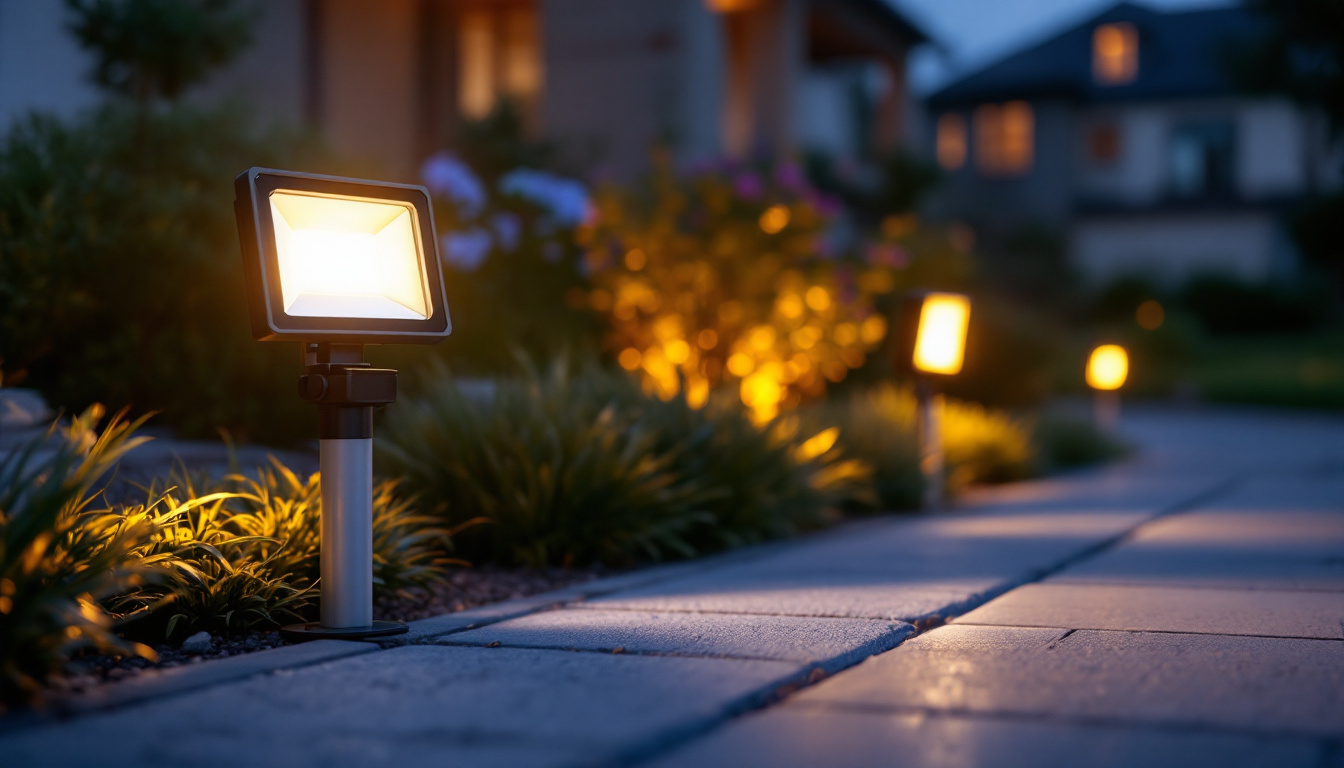
Discover the often-overlooked features of 3-inch LED floodlights with side lighting in this insightful article.
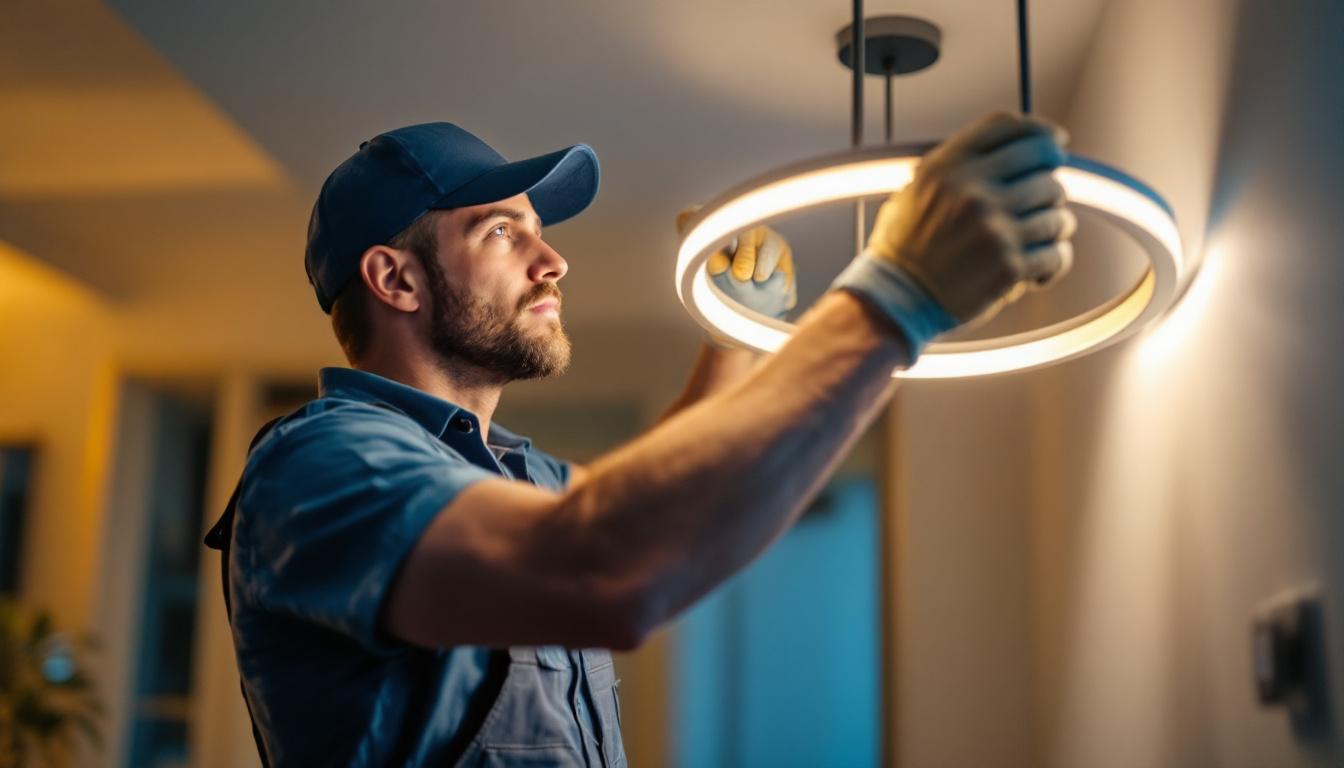
Discover the essential guide for lighting contractors with “Wrap Around Light: The Ultimate Handbook.” Explore innovative techniques, expert tips, and practical solutions to elevate your lighting projects and enhance client satisfaction..
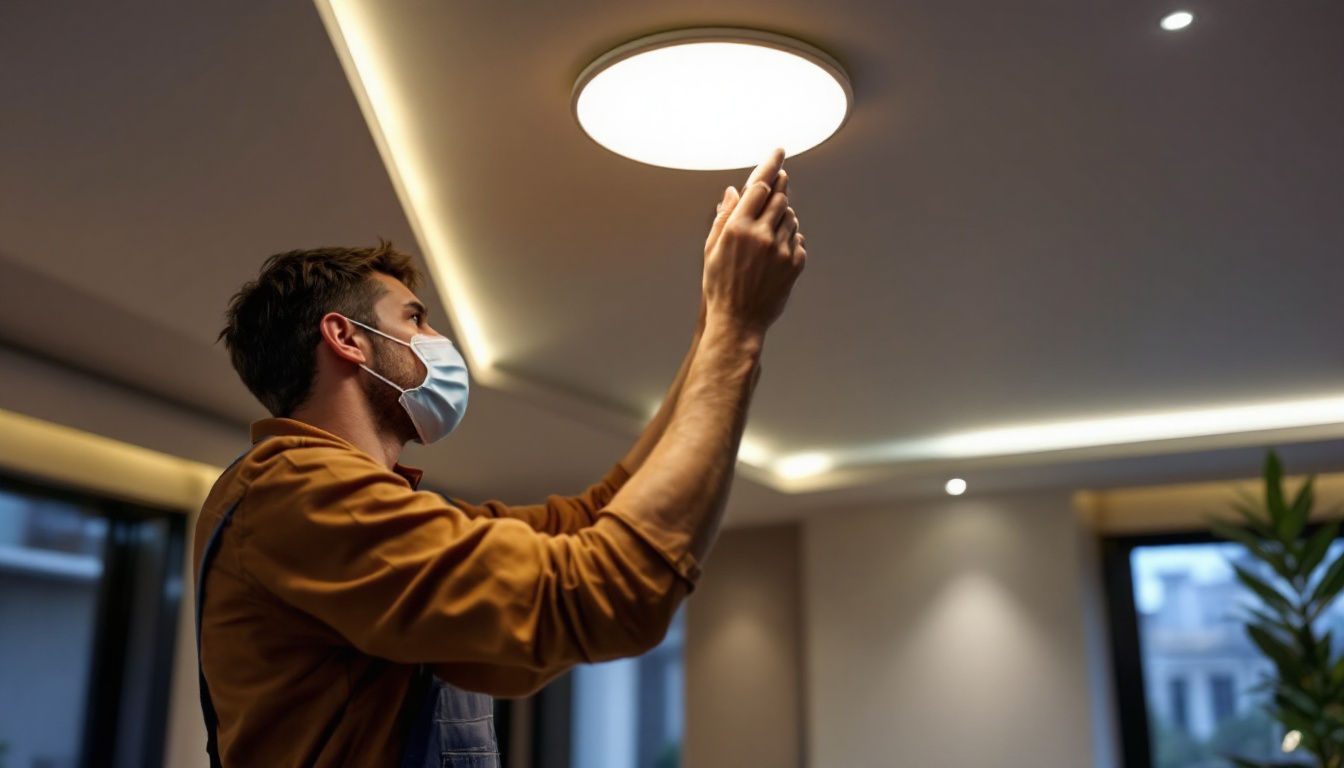
Discover why lighting contractors should prioritize the use of 6 recessed cans in their projects.
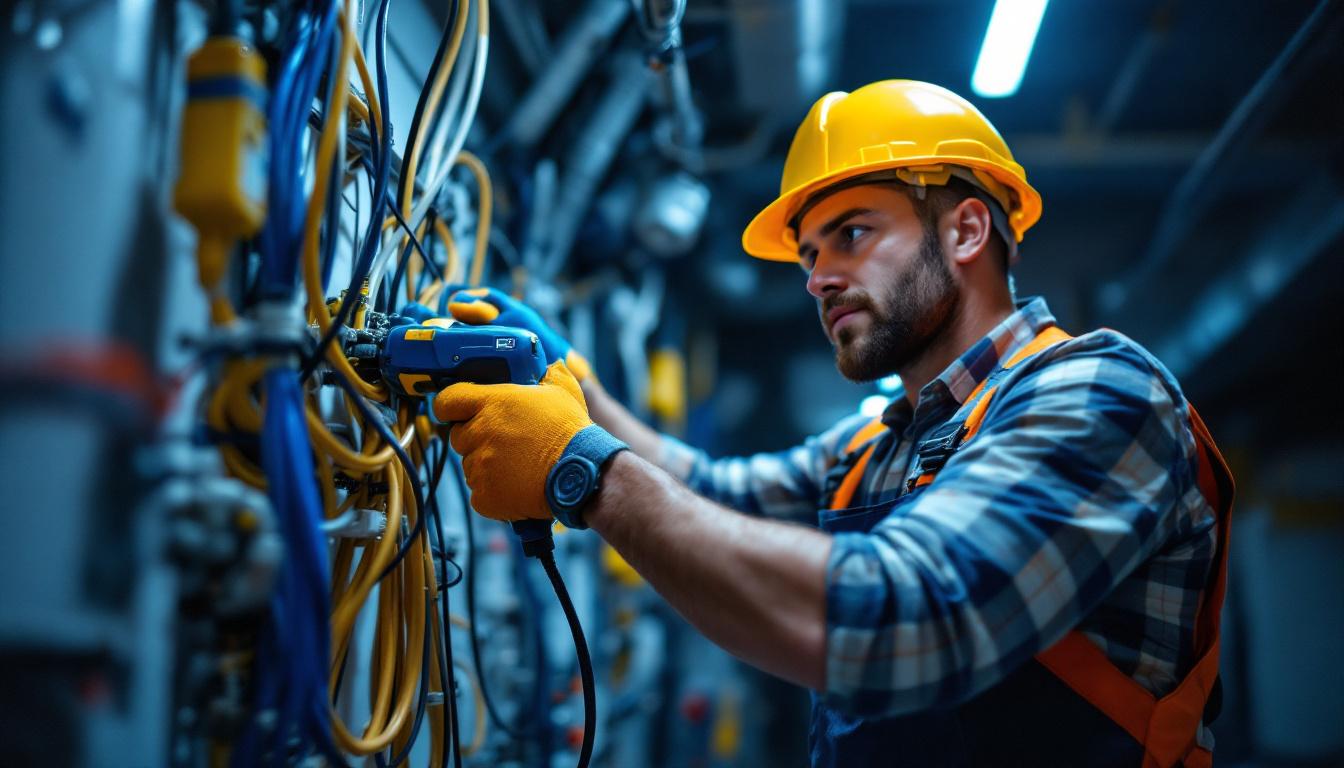
Discover the importance of the electrical snake tool for lighting contractors—boost efficiency, safety, and accuracy in wiring projects.